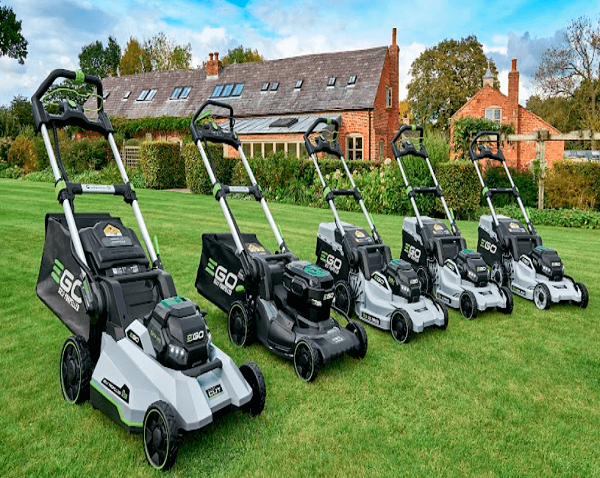
Which Way Does A Lawnmower Blade Go on: The Right Fit
Importance of Proper Lawnmower Blade Installation
Installing a lawnmower blade correctly is crucial for several reasons. First, proper installation ensures that your lawnmower cuts grass efficiently. A blade put on the wrong way can tear grass instead of slicing it cleanly. This can lead to an unhealthy lawn.
Second, it affects the balance of the mower. An incorrectly installed blade can cause vibrations. These can damage the mower’s engine and other components over time.
Third, safety matters a lot. Blades that aren’t secure can detach and cause serious injury. Always make sure they are on tight and right.
Finally, fitting the blade properly extends its life and the mower’s. It prevents extra wear on the blade and the mower. Remember, knowing which way does a lawnmower blade go on is not just about installation. It’s about keeping your lawn looking great, your machine running smooth, and you staying safe.
In the next sections, we’ll look at how to identify the correct orientation for a lawnmower blade. Then, we’ll walk through a step-by-step guide for proper blade installation. Stay tuned for safety precautions, troubleshooting tips, and maintenance advice to keep your lawnmower at its best.
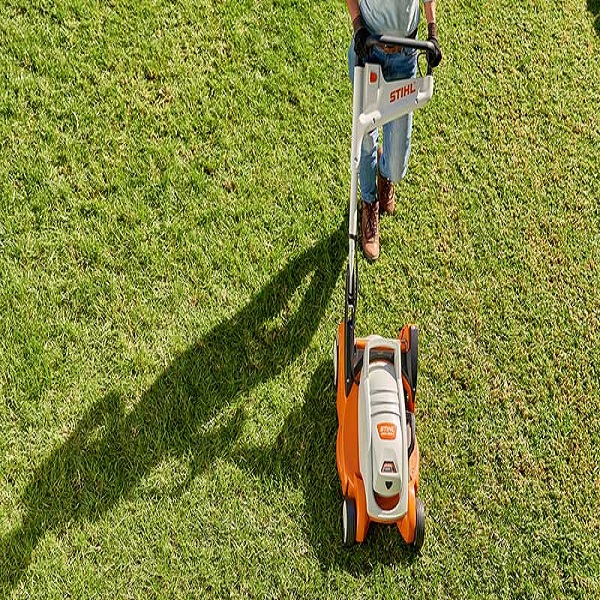 Identifying Lawnmower Blade Orientations
Identifying Lawnmower Blade Orientations
Knowing which way does a lawnmower blade go on is a key step before installation. This can be a confusing process for many, but there are markers and tips that make it a breeze.
First, look for the side of the blade that shows wear. This side has done the cutting and faces the ground. Newer blades often have this marked with a sticker or paint.
Second, observe the cutting edges. They should be angled toward the direction the blade spins. Most times, blades turn clockwise, so edges should slant to the right.
Third, check the blade’s center hole. It must align perfectly with the mower’s fitting. Some blades have a ‘This side up’ label around this area for guidance.
Lastly, remember that most blades have a bow or curve. When installed, this curve should face upward, away from the grass.
Using these pointers, match your blade’s orientation before you proceed to installation. Always consult your mower’s manual if in doubt. It provides specific details for your model’s blade direction. Get this step right, and you’ve set the stage for a smooth-running lawnmower.
Step-by-Step Guide to Lawnmower Blade Installation
Now that you know which way does a lawnmower blade go on, let’s install it. Follow these steps for a successful installation. It’s simple when you take it step by step.
- Turn Off the Mower: Safety first. Make sure the lawnmower is off. For added security, disconnect the spark plug.
- Position the Mower: Tilt the mower on its side with the air filter facing up. This prevents oil from spilling into the filter.
- Remove the Old Blade: Using a wrench, loosen the bolt or nut that holds the blade in place. Remove the blade carefully.
- Prepare the New Blade: Check the new blade. It should have a sticker or mark indicating ‘This side up’ or showing the cutting edge’s orientation.
- Install the New Blade: Place the blade onto the mower’s fitting. The cutting edges must slant right, matching the blade’s rotation.
- Secure the Blade: Fasten the bolt or nut by hand first. Then, tighten it with the wrench. It must be very tight to prevent accidents.
- Double-Check the Installation: Ensure the blade is secure and has the correct orientation. Take a moment to double-check your work.
- Return the Mower to Upright Position: Carefully set the mower back on its wheels.
- Reconnect the Spark Plug: Once everything is in place, reconnect the spark plug.
- Test the Mower: Start the mower and check for unusual vibrations or noise. This could mean the blade is not properly installed.
Remember these steps when you’re considering which way does a lawnmower blade go on. Correct installation leads to efficient cutting, and most importantly, a safe mowing experience.
Safety Precautions When Handling Lawnmower Blades
Handling sharp blades comes with risks, so safety is crucial. Here’s how to avoid accidents when dealing with lawnmower blades:
- Wear Protective Gloves: Put on thick gloves at all times. These protect your hands from cuts.
- Disconnect Power Sources: Before touching the blade, ensure the lawnmower is off. Pull the spark plug or battery.
- Use the Right Tools: Have the correct wrench size. This prevents slipping and potential hand injuries.
- Secure the Blade: Block the blade with a piece of wood. This stops it from moving as you work.
- Be Conscious of Your Surroundings: Work in a clear area. Keep children and pets away from the workspace.
- Do Not Rush: Take your time to avoid mistakes. Hurrying can lead to accidents.
- Lift Carefully: When tilting the mower, be slow and steady. Quick moves can cause spills or slips.
- Keep a First Aid Kit Near: In case of a minor injury, quick access to bandages and antiseptics helps.
- Follow Manufacturer Guides: Read the manual for specific safety tips for your mower model.
- Verify Locking of Blade: After installation, double-check that the blade is secure. A loose blade is dangerous when the mower starts.
Always remember, safety first. No step in the installation process is too small to skip the safety checks. Following these guidelines isn’t just about which way the lawnmower blade goes on. It’s about ensuring a secure working environment too.
Troubleshooting Common Issues After Installation
Even after a proper installation, you may face some issues with your lawnmower blade. Don’t worry; most problems have simple solutions. Let’s address the common ones.
1. Vibrations: If your mower vibrates more than usual, check the blade’s balance. A blade not centered correctly can cause uneven rotation.
2. Uneven Cuts: This can happen if the blade is dull or installed upside down. Ensure the cutting edges face the right direction and are sharp.
3. Noisy Operation: Noise can point to a loose blade. Turn off the mower and tighten the blade firmly.
4. Rapid Wear: A blade touching the ground or debris can wear quickly. Adjust the mower’s height and clear the lawn of objects before mowing.
5. Difficulty Starting: This might be due to a blade obstructing the engine crank. Ensure the blade isn’t too tight against the fitting.
If you’ve checked these and still experience issues, revisit the installation steps. Make sure you followed all and that the blade aligns with the ‘This side up’ label. It’s vital to know which way does a lawnmower blade go on, for optimal performance. If problems persist, consult the mower’s manual or seek professional help.
Maintaining Your Lawnmower Blade
Taking good care of your lawnmower blade is the key to a finely manicured lawn. Regular maintenance is not only about keeping the blade sharp. It also involves preventing rust, ensuring cleanliness, and checking alignment. Here is how you can maintain your lawnmower blade effectively.
- Sharpen the Blade Regularly: A blunt blade tears the grass, leaving a rough finish. Get your blade sharpened at least once a year for a clean cut.
- Check for Rust: Rust can damage the blade’s integrity. If you see rust, remove it with a wire brush and use a rust inhibitor to protect it.
- Clean After Each Use: Grass and debris can stick to the blade. Wipe it clean after each mowing session to keep it in top shape.
- Inspect for Damage: Look for chips or bends in the blade. These can cause harm to your lawn and should be fixed as soon as possible.
- Ensure Proper Balance: An unbalanced blade causes vibrations and can harm your mower. Check the balance each time you sharpen the blade and adjust as needed.
- Replace When Necessary: Blades have a lifespan. When sharpening no longer does the trick, it’s time for a new blade. Use the opportunity to install it correctly, based on what you know about which way does a lawnmower blade go on.
Remember, a well-maintained blade means a healthy lawn and a longer-lasting mower. Keep these tips in mind after installing your blade correctly.
Expert Tips for Longer Blade Life and Improved Mower Performance
To ensure your lawnmower blade lasts long and your mower performs well, follow these expert tips:
- Store in a Dry Place: After use, dry your lawnmower blade. Store it in a dry area to prevent rust.
- Use the Right Fuel: Good quality fuel keeps the engine clean. This helps the blade rotate smoothly.
- Don’t Mow Wet Grass: Cutting wet grass can blunt the blade faster. Wait for dry conditions before mowing.
- Avoid Hard Objects: Be careful not to hit rocks or other hard items. This can chip the blade.
- Keep Spare Blades: Having an extra blade means you’re ready for replacements. Swap them out as needed.
- Regular Inspections: Check the blade often for wear. Do this more if you mow frequently.
- Use Correct Techniques: Follow the manual’s mowing guidance. Correct usage keeps the blade sharp.
- Balance the Blade: A balanced blade reduces stress on the mower. Check balance each time you sharpen.
- Handle with Care: Be gentle when installing or removing the blade. Rough handling can cause damage.
By keeping these tips in mind, you ensure that your lawnmower blade stays in top condition. This helps your mower run efficiently and extends its life. Remember, knowledge about which way does a lawnmower blade go on is just a start. Good maintenance practices make all the difference.
When to Seek Professional Help for Lawnmower Maintenance
Sometimes, even with accurate knowledge of which way does a lawnmower blade go on, and maintenance efforts, seeking professional help is wise. Here are some signs to watch out for:
- Unusual Noises: If strange sounds persist after checking the blade, consult a pro.
- Frequent Vibrations: Consistent shaking could point to internal problems. Experts can find the cause.
- Starting Troubles: When troubleshooting fails to start your mower, it’s time for expert advice.
- Engine Issues: Any sign of engine trouble, like smoke or stalling, calls for a specialist.
- Complex Repairs: For complex tasks, such as replacing engine parts, professional assistance ensures safety and efficiency.
- Annual Checkups: Have your mower checked by a technician annually. They can spot issues you might miss.
- After Accidents: If your mower hits a large object, have it inspected for hidden damage.
- Before Selling: Get your lawnmower professionally serviced. This can increase its resale value.
Remember, professionals have the right tools and expertise. They make sure your lawnmower functions well and stays safe. So, even if you know which way does a lawnmower blade go on, don’t hesitate to ask for help when needed.




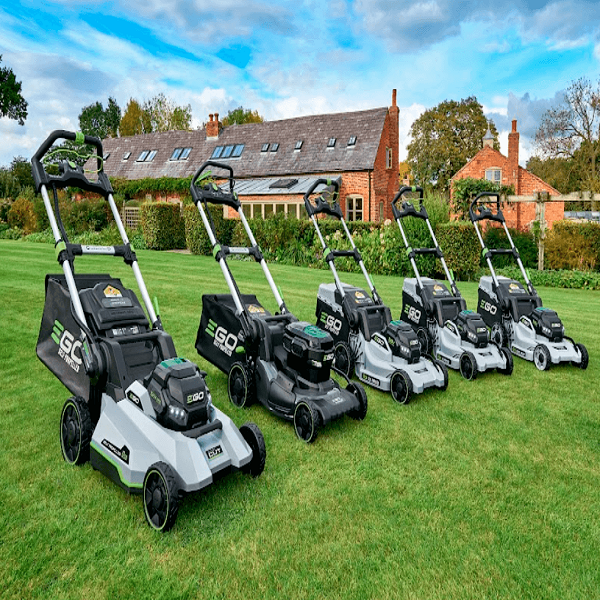

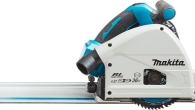
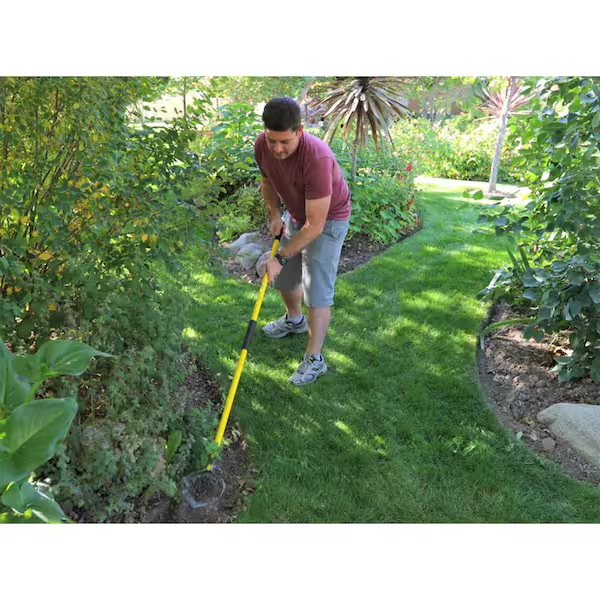
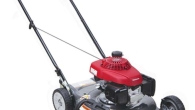
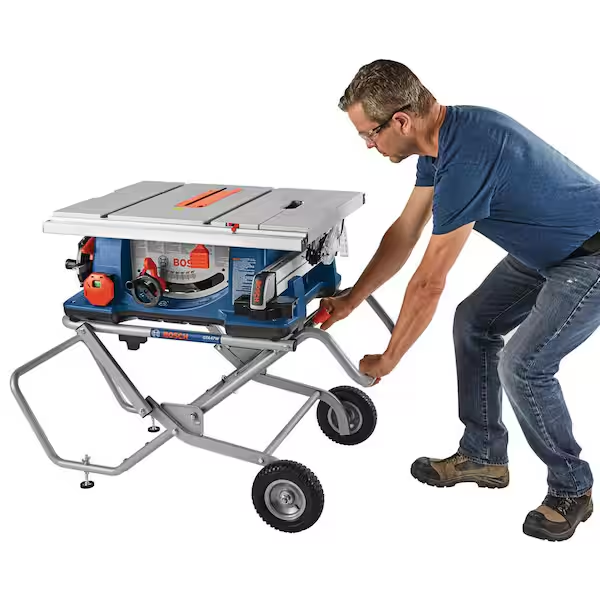

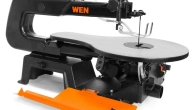
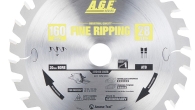
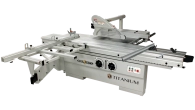
Leave a Reply